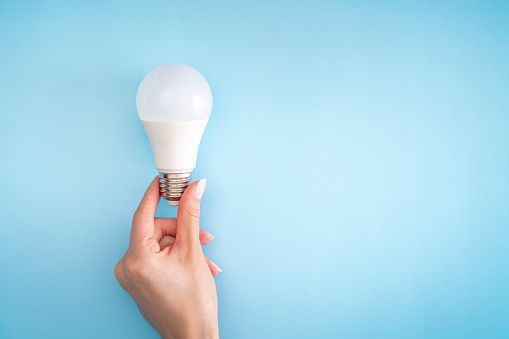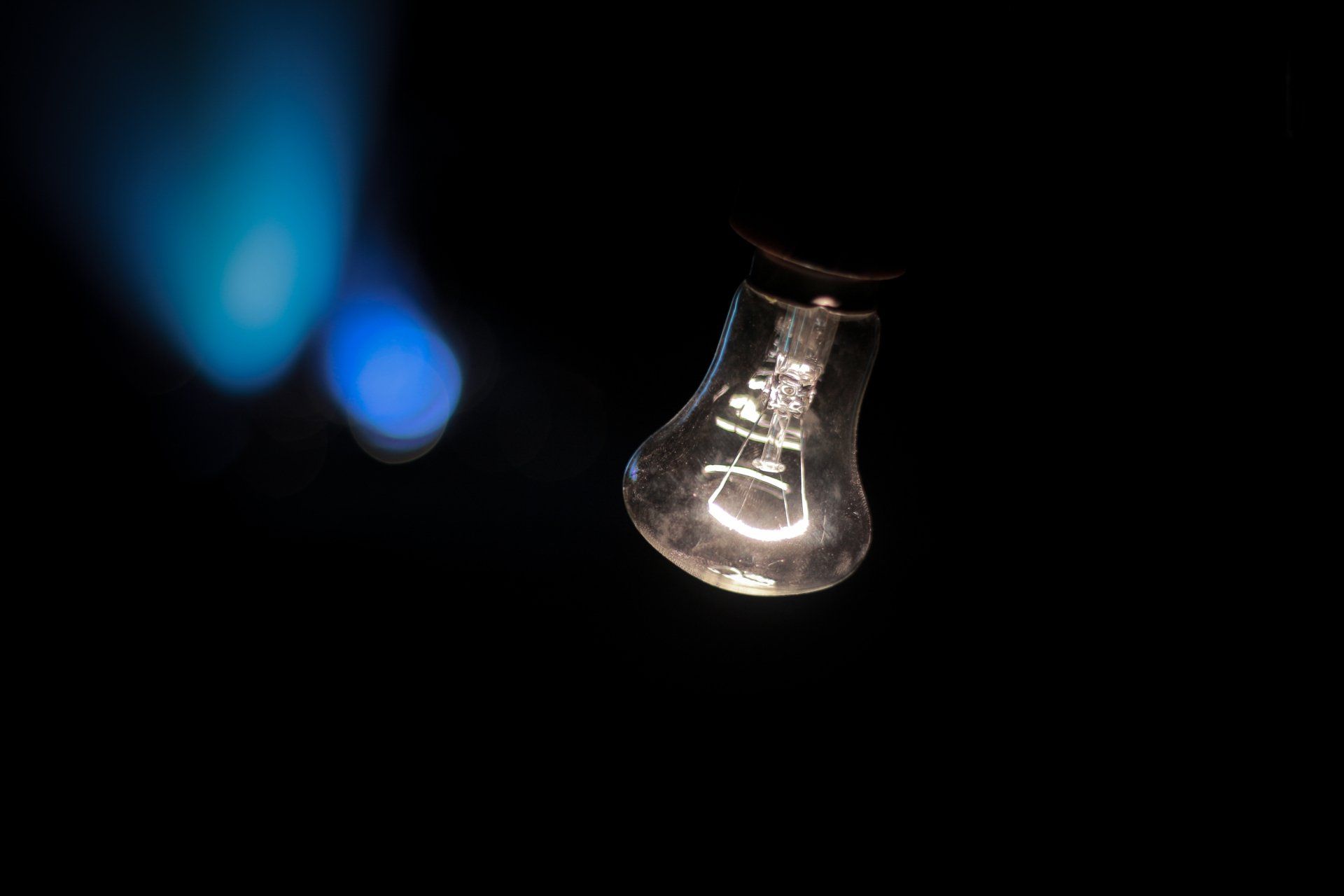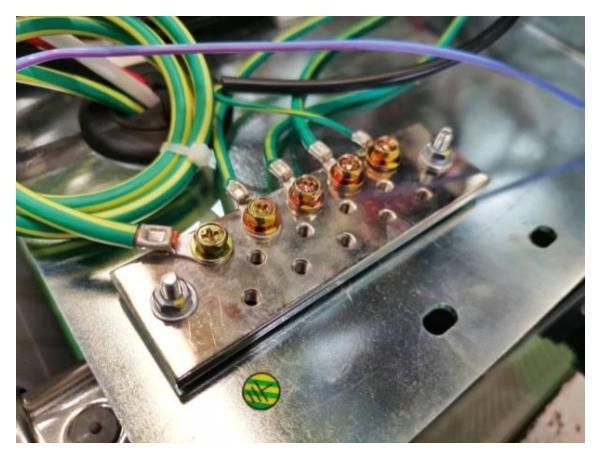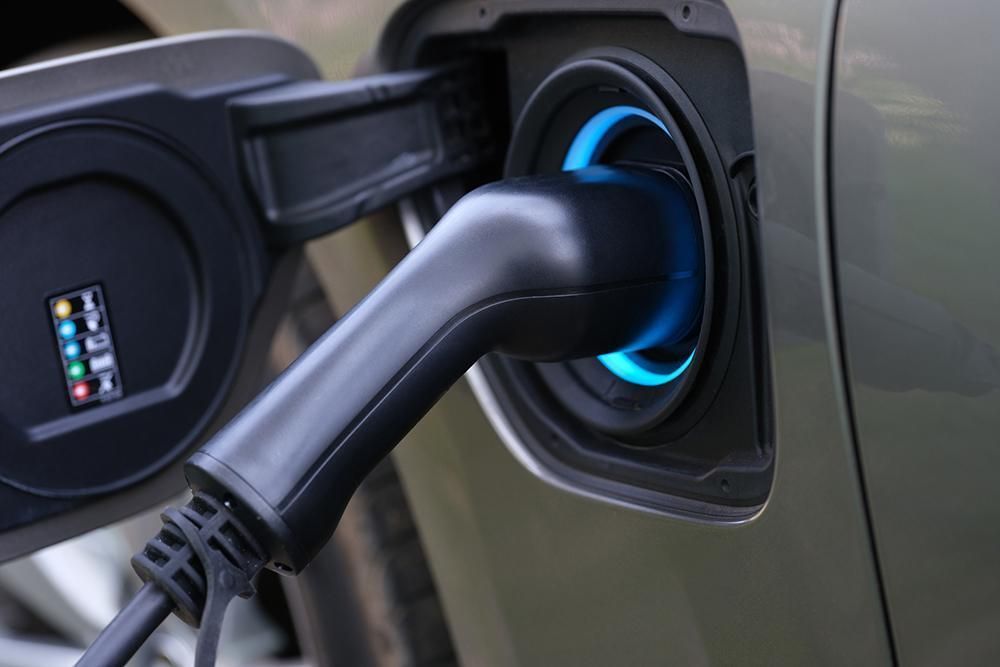Incandescent vs. LED Light Bulbs: Which Is Better?
Moving into a new home or apartment can be an exhausting process. Moving can take a lot out of you and your wallet. One of the simplest ways to save money is via your electric bill. Lighting is a huge part of your energy usage. Different types of lighting use various amounts of energy. The energy usage is notably different for incandescent vs. LED lights.
If you’re moving into an older home or apartment, it may be full of traditional incandescent bulbs. You’ve probably heard everywhere that you should immediately replace incandescent lighting with LED lighting, but is it that simple?
Here at
Mister Sparky Electrician NWA, we’ll break down the differences of incandescent vs. LED light bulbs and if one is truly better than the other. If you have any questions or are interested in learning more from Mister Sparky NWA, don’t hesitate to give us a call or visit the rest of our website!
Are Incandescent Bulbs Cheaper?
Yes, incandescent bulbs are widely considered in most places to be cheaper to purchase than LED lights.
For a long time, purchasing LED lights was costly, like purchasing ultraviolet light bulbs. As technology has improved over the years, however, the cost of an LED has come down drastically. Still, incandescent bulbs remain the cheaper option.
But that’s just the initial purchase; it gets more interesting once you start using the bulbs.
A light emitting from a 12W LED white light bulb and a 60W incandescent bulb is roughly the same amount of light. But it takes 60 watts for the incandescent bulb to produce what twelve watts can for an LED. Over hours of use, that energy difference can become quite costly.
Over 1000 hours, it costs approximately $6.60 to power the incandescent bulb. The LED costs approximately $1.32. For one light bulb, that may not seem like a big deal. But when you consider that the average American home has forty lightbulbs, it adds up.
So, while it may cost more to buy LEDs initially, their energy efficiency over time makes them a worthwhile investment that can save money in the long run.

Do LED Bulbs Last Longer
Yes, LED light bulbs last longer than incandescent bulbs. In fact, they last infinitely longer than incandescent bulbs.
Part of the reason why LEDs last so long is that they never burn out. Instead, they slowly fade and grow dim. So while an older LED might not produce as much light as it used to, it can still produce light.
Good LEDs can last around 50,000 hours or nearly six years of constant use!
Incandescent, on the other hand, doesn’t last quite as long. Incandescent bulbs burn out. It will shine as bright at the end of its lifespan as it did at the beginning, but it’s toast when it burns out.
An incandescent bulb will last around 1,000 hours or about 41 days of constant use.
LED has a clear advantage over incandescent when it comes to longevity.
Do LED Bulbs Save Money?
LED light bulbs are more expensive to purchase than incandescent light bulbs. But their energy efficiency, coupled with their longevity, makes them more cost effective for consumers.
While incandescent lights may be cheaper, you’ll have to buy them more frequently. And when they’re in use, they consume far more electricity.
At the end of the day, LEDs are more cost effective.
Are LED Bulbs More Efficient?
Yes! It takes far less energy for an LED bulb to produce the same light as an incandescent bulb. LED lights are more efficient than incandescent lights.
Are Incandescent Bulbs Easier to Install/Change?
It’s as easy to install an incandescent bulb as it is for a LED bulb. Incandescent bulbs used to be much more available and easier to find in stores than LEDs, but that’s not the case anymore. LEDs are more popular than ever.
And in fact, a ban will be put in place soon against incandescent bulbs. Starting August 1, 2023, incandescent bulbs that don’t produce at least 45 lumens per watt will be phased out. In essence, only energy efficient incandescents will be made and sold. For reference, an average LED produces up to 150 lumens per watt, so incandescent light will still lag far behind.
Incandescents are harder to come by today. After the ban, it will become tough to find them, as many stores may stop selling them entirely.
Are Incandescent Bulbs Brighter Than LEDs?
An LED will shine brighter than an incandescent bulb of the same wattage, but high wattage LEDs are not available. However, high wattage incandescent bulbs do shine brighter than LEDs.
Therefore, it can take fewer incandescent bulbs to light a room than LED.

Do Incandescent Bulbs Cause More Fires?
Yes, incandescent bulbs absolutely can cause more fires. This is because incandescent bulbs are extremely hot. LED bulbs, by comparison, are about half the temperature when emitting the same type of light brightness.
LEDs, like any electrical device, pose some level of fire hazard. But incandescents are much more likely to cause fires and are more dangerous.
Are Incandescent Bulbs Better for the Environment?
No. LEDs last longer and use far less energy. LEDs are better for the environment because they create less waste and help save energy.
When Are Incandescent Bulbs Worth It?
While an LED light is better in almost every way, incandescents can still be useful.
In settings where you occasionally need a lot of light, an incandescent would be good. For example, working late at night in your garage, or maybe outdoor lighting as well.
Incandescent vs. LED: Pros and Cons
| Incandescent Pros | Incandescent Cons |
|---|---|
| Brighter | Won’t last long |
| Cheaper to purchase | Use a lot of energy |
| LED Pros | LED Cons |
|---|---|
| Energy efficient | Expensive to purchase |
| Last a long time | Not always as bright |
Incandescent vs. LED: Should You Make the Switch?
Yes. In almost every possible way, modern LEDs are better than incandescents.
Call Mister Sparky Electrician OKC at (405) 300-0633. America’s On-Time Electrician in Del City, Edmond, Mustang, Oklahoma City, and Yukon services the Oklahoma City area with a team of licensed electricians. In addition to flickering lights, our electrical services provided by Mister Sparky include electrical outlet/switch repair, ceiling fan installation, lighting installation, electrical wiring repair, landscape lighting installation, and home electrical inspections.





